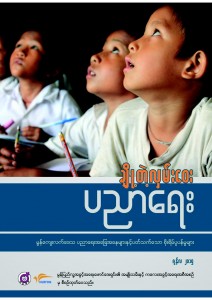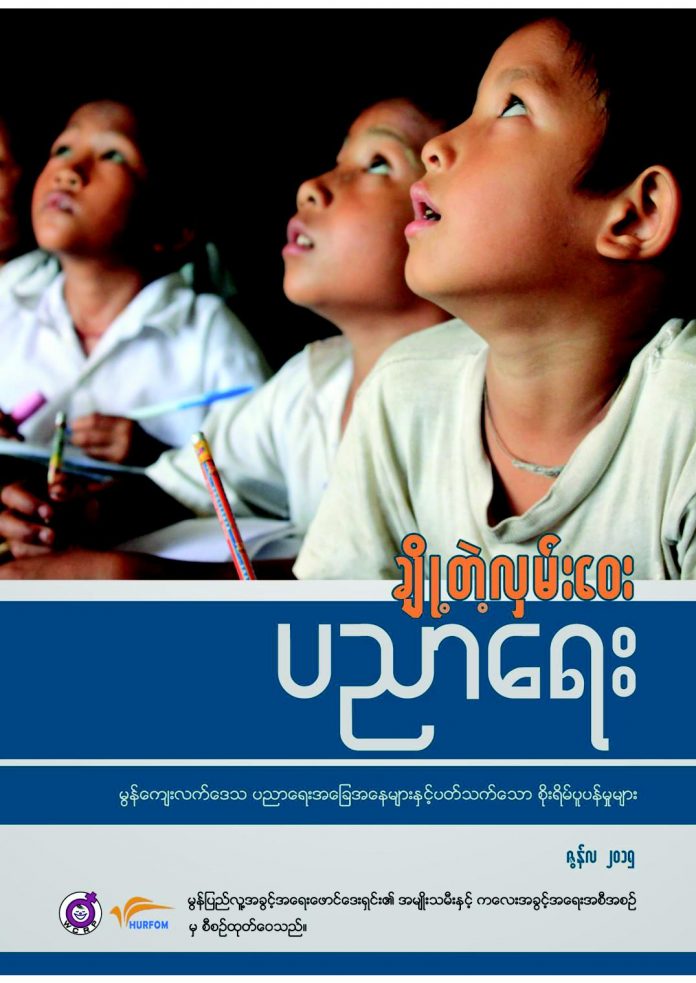
The report titled “Inaccessible and Under-Resourced: Concerns Over Education in Rural Mon Communities” draws on interviews with 146 individuals, conducted by the WCRP, from 17 villages in Ye, Kyarinnseikkyi and Yebyu townships of southern Burma.
Highlighted in the report were issues of education dropouts, resource constraints and the significant challenges faced by both students and teachers in rural Mon areas. It also stated that three quarters of student absenteeism was due to difficulties of family livelihood.
“Among families that we met, one family is so poor that the parents cannot afford to send their children to school. The elder sister went to Thailand to earn money in order to support her younger siblings going to school back home. But, because the sister got in an accident and injured herself, she could not continue supporting her siblings throughout their education,” said Mi Htaw Chan, coordinator of WCRP.
The WCRP’s report included findings concerned with education from three primary schools under the control of the Ministry of Education, ten schools run by the Mon National Education Committee (MNEC) and ten mixed schools run by both but with a greater influence from the Ministry of Education.
Additionally in the report were reasons why children dropout. These included the distance needed to travel to attend class, an obligation to help with housework, and encountering problems while studying.
“Last year, a school girl was raped on the way to her school in a village in Yebyu Township. Because the school is a bit far away from the villages, the parents do not want their children to go to school,” said Mi Htaw Chan.
Another obstacle concerns resource shortages, such as insufficient stationary and other materials for class use. It was also found that overall, schools are understaffed.
Although the student/teacher ratio varied across the schools, there was ultimately a lack of teachers; with some classes numbers hovering around 35 students per teacher. Whilst the ratios weren’t excessively high, there are concerns over the training teachers receive before entering the classroom with regards to handling a class and teaching effectively.
WCRP concluded by calling for all parties, including the Burmese government, MNEC and international aid groups to take action and help address the concerns raised in the report.

